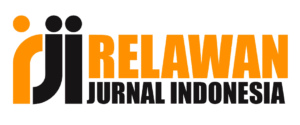Submissions
Submission Preparation Checklist
As part of the submission process, authors are required to check off their submission's compliance with all of the following items, and submissions may be returned to authors that do not adhere to these guidelines.- The submitted articles are free from plagiarism and other copyright infringements
- Articles have never been sent and published to other publishers or scientific meetings in any form of media (print/electronic)
- Submitted articles must be in OpenOffice, Microsoft Word, RTF, or WordPerfect format.
- Articles submitted are in accordance with the Informatics and Digital Expert (INDEX) Template
Privacy Statement
The names and email addresses entered in this journal site will be used exclusively for the stated purposes of this journal and will not be made available for any other purpose or to any other party.





